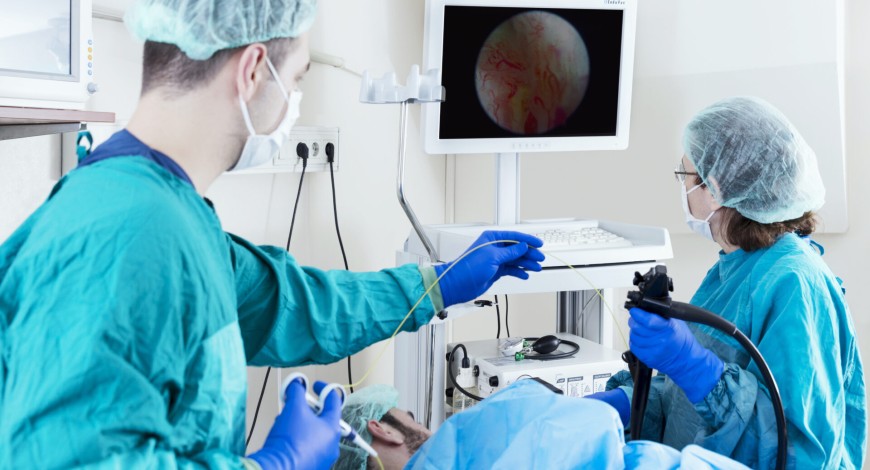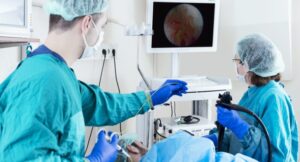
Endoscopy is a medical procedure that allows physicians to examine the interior of a patient’s organs using a flexible tube with a light and camera attached. It is a valuable diagnostic tool for various conditions, ranging from digestive issues to respiratory problems.
If your doctor has recommended an endoscopy, understanding what to expect and how to prepare can help alleviate any anxiety. In this article, we’ll guide you through the process, from prepping for the procedure to what happens during and after.
Understanding Endoscopy
Before exploring the preparation and experience of endoscopy, it’s essential to grasp the fundamentals of this procedure. Endoscopy enables doctors to visualize the inside of organs like the digestive tract or respiratory system.
It is commonly used to identify issues such as inflammation, ulcers, tumors, or bleeding. The two main types of endoscopy are upper gastrointestinal (GI) endoscopy, focusing on the esophagus, stomach, and upper small intestine, and lower GI endoscopy, examining the colon and rectum.
Preparing for the Procedure
Consultation with Your Doctor
The initial step in preparing for an endoscopy is a consultation with your doctor. During this visit, your medical history will be reviewed, and you’ll have the opportunity to ask questions. Be sure to inform your doctor about any allergies, medical conditions, or medications you are currently taking, as some medications may need to be adjusted before the procedure.
Fasting Guidelines
Most endoscopies require fasting for a specific period before the procedure. Fasting helps ensure a clear view of the organs and reduces the risk of complications. Your doctor will provide specific instructions regarding when to stop eating or drinking before the procedure. Adhering to these guidelines is crucial for a successful and safe endoscopy.
The Day of the Procedure
Arrival at the Medical Facility
On the day of the endoscopy, arrive at the medical facility at the scheduled time. You may need to arrange for someone to accompany you, as the sedation administered during the procedure can temporarily impair your ability to drive. Wear comfortable clothing and leave valuables at home.
Pre-Procedure Assessment
Before the endoscopy, a nurse or healthcare provider will conduct a pre-procedure assessment. This involves checking vital signs, reviewing your medical history, and ensuring you understand the procedure and its potential risks.
During the Endoscopy
Sedation Administration
Most endoscopies involve the use of sedation to help you relax and feel more comfortable during the procedure. The sedative is usually administered through an intravenous (IV) line. While you may be conscious, you are likely to be in a state of deep relaxation, minimizing discomfort and anxiety.
The Endoscopic Procedure
Once sedated, the endoscope will be gently inserted through the mouth or rectum, depending on the type of endoscopy. The camera on the endoscope transmits real-time images to a monitor, allowing the doctor to examine the organs thoroughly. The entire procedure typically takes between 20 minutes to an hour, depending on the complexity of the examination.
After the Procedure
Recovery and Monitoring
After the endoscopy, you will be monitored in a recovery area until the effects of the sedation wear off. It’s common to experience some drowsiness, bloating, or a sore throat, depending on the type of endoscopy. Once you are alert and stable, the healthcare team will provide post-procedure instructions and discuss any findings.
Post-procedure Care at Home
Upon returning home, it’s essential to follow the post-procedure care guidelines provided by your healthcare team. This may include restrictions on eating, drinking, or strenuous activities for a specified period. Contact your doctor if you experience persistent or severe symptoms, such as severe pain, bleeding, or difficulty breathing.
Conclusion
Endoscopy is a valuable tool in diagnosing and treating various medical conditions. Understanding the preparation process and what to expect during and after the procedure can help alleviate anxiety and ensure a smoother experience. By following your doctor’s instructions, maintaining open communication, and being proactive in your preparation, you can navigate the endoscopy process with confidence.






